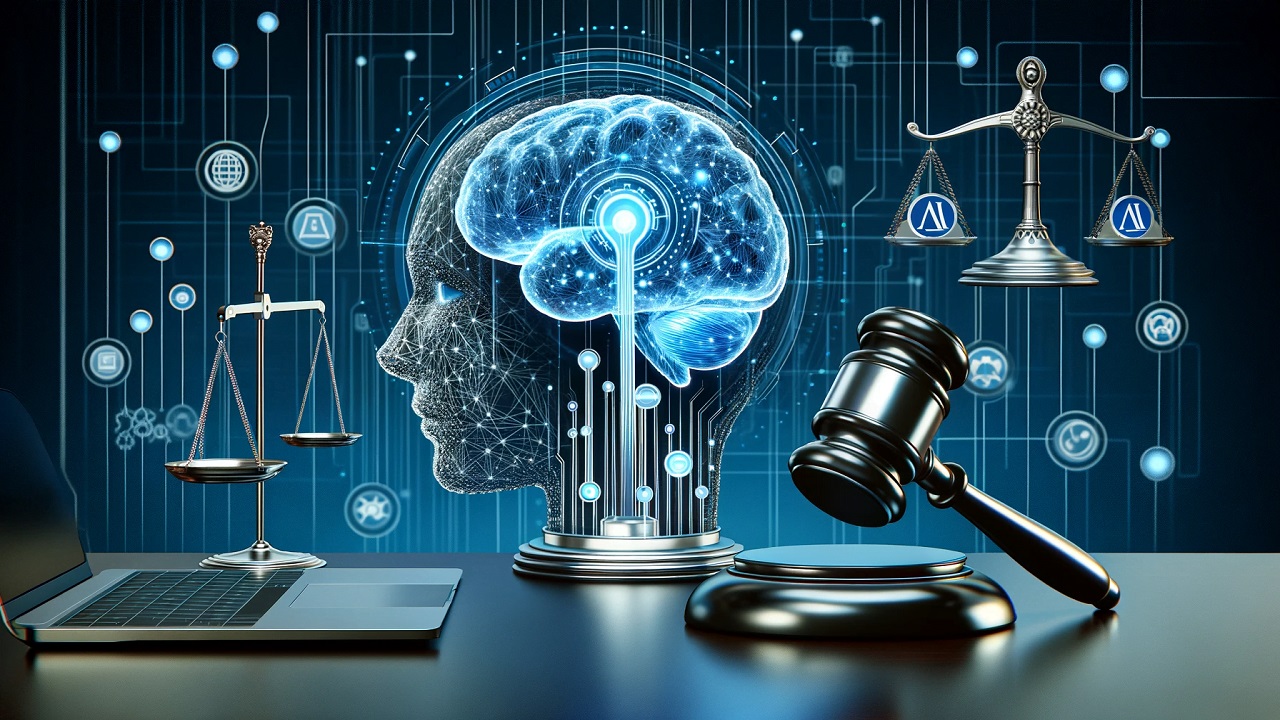Copyright vs. AI Innovation: The Emerging Legal Battle
Context
In a significant legal development, Ziff Davis, a major publishing company, has sued OpenAI for copyright infringement, alleging that OpenAI’s AI models used copyrighted material without authorization.
This case brings to light the growing friction between rapid advancements in generative AI technologies and existing intellectual property laws, particularly copyright law.
Given the transformative impact of AI on creativity and ownership rights, this issue is increasingly important for lawmakers, technology developers, and creators, making it highly relevant for UPSC/KPSC Civil Services Examination under Science and Technology, Polity, and Ethics topics.
What is Copyright Law?
-
Copyright is a legal right granted to creators of literary, dramatic, musical, and artistic works, as well as producers of cinematograph films and sound recordings.
Objective
-
To safeguard the creator’s original expressions from unauthorized use such as copying, adapting, or distributing.
Duration of Copyright
-
In India, under the Copyright Act, 1957:
-
For literary, dramatic, musical, and artistic works:
→ Author’s lifetime + 60 years from the year following their death. -
For cinematograph films, sound recordings, photographs:
→ 60 years from the end of the year of first publication.
-
Post-Ownership Period
-
After expiration, the work enters the public domain, allowing free public use.
Exemptions
-
Limited exceptions are provided for:
-
Private use
-
Non-commercial use
-
Previous Encounters of Copyright Law with Technology
-
Photocopying Machine:
Fear that easy copying would undermine the creator’s rights. -
Internet Boom:
Widespread access to creative works online raised concerns about bypassing legal permissions.
Generative AI and Copyright Challenges
What is Generative AI?
-
Generative AI creates new content — text, images, music, videos — based on patterns learned from existing data.
-
It goes beyond traditional AI which primarily focuses on analysis and prediction.
Copyright Issues with Generative AI
-
Training on Copyrighted Content:
-
AI models are trained on massive datasets, including copyrighted works, often without authorization.
-
-
Replacement of Human Authors:
-
AI is not just accessing but replacing human creativity.
-
-
Loss of Creative Authenticity:
-
Rise of AI-generated content risks eroding human originality in arts and literature.
-
-
Unfair Competition:
-
AI could produce similar competing products, diverting users from original creators.
-
-
Infringement of Personality Rights:
-
Using a singer’s voice or actor’s likeness without permission violates publicity rights.
-
Example:
→ Amitabh Bachchan v. Rajat Nagi (2022): Legal protection against misuse of personality traits was granted.
-
Challenges in Enforcing Copyright Laws for AI-Generated Content
Key Challenges
-
Blurred Lines of Ownership:
-
Confusion over who owns AI-generated work:
→ Human prompter, AI system, or developer?
-
-
Identifying Infringement:
-
Difficult to trace infringement due to AI’s learning process rather than direct copying.
-
-
Defining Originality:
-
Challenging to assess if AI-generated content is sufficiently original or derivative.
-
-
Determining Authorship:
-
No clear provisions for AI authorship in existing laws.
-
U.S. Standard: Minimal human creativity sufficient.
-
EU Standard: Requires substantial human input.
-
-
Scale of Use:
-
Massive volume of AI-generated content makes large-scale monitoring and enforcement difficult.
-
What Lies Ahead?
Necessary Steps for the Future
-
Updating Copyright Laws:
-
Laws must evolve to address AI-generated content and AI training practices.
-
-
Monitoring Training Datasets:
-
Implement mechanisms to regulate datasets used in AI model training.
-
-
Ensuring Developer Compliance:
-
AI developers must ensure their training data acquisition follows legal norms.
-
-
Reclassifying Data Usage:
-
Data laws must classify different types of usage, distinguishing between training, public access, and commercial exploitation.
-
-
Protecting Original Creators:
-
A balance must be struck between technological innovation and fair recognition and compensation for original creators.
-
Conclusion
Generative AI is reshaping the creative economy, democratizing content creation. However, without robust legal safeguards, it risks displacing human creativity and undermining intellectual property rights.
Policymakers, industry stakeholders, and legal experts must work together to modernize copyright frameworks, ensuring that innovation progresses without sacrificing the rights and recognition of original creators.




Comments (0)